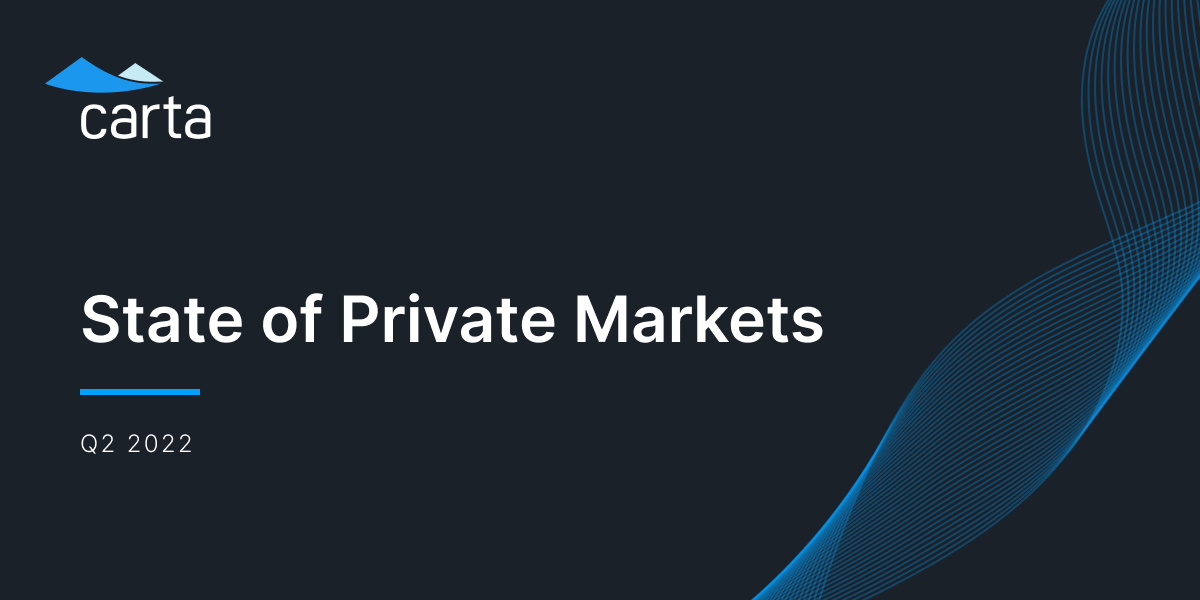The ISO $100K limit (also known as the $100K rule) prevents employees from treating more than $100,000 worth of exercisable options as incentive stock options (ISOs) in a single year.
The first $100,000 of stock options that become exercisable for an employee in a year can be issued as ISOs, and any additional stock options will be taxed as non-qualified stock options (NSOs). ISOs are not taxed when exercised, so the $100K ISO limit aims to prevent abuse of this tax benefit.
To comply with the $100K rule, your company may divide option grants that exceed the $100,000 threshold into ISO and NSO portions. This division is commonly called an ISO/NSO split.
Why the $100K limit matters
The $100K limit could affect the amount of taxes that you will need to pay when exercising your options, because ISOs and NSOs are taxed differently. NSOs are usually taxed both when employees exercise (i.e. purchase) shares and when they sell them, whereas ISOs are only taxed when employees sell them.
When you exercise (i.e. purchase) NSOs, you will owe tax on the “bargain element,” or the difference between the fair market value (FMV) of your shares at exercise and the exercise price. The bargain element is taxed as compensation at your ordinary income tax rate. While you pay taxes as an employee when exercising your NSOs, your company can take a tax deduction.
In contrast, ISOs are not taxed upon exercise, and exercising does not give your company a tax deduction.

Download the $100K limit guide
What the $100K ISO rule says
According to the U.S. Internal Revenue Code §422(d)(1-3), you need to know the following to determine if you exceed the $100,000 limit:
- The number of shares that first become exercisable in a calendar year;
- The issue date of the grant(s); and
- The fair market value (FMV) of the shares when the grant(s) were issued.
The rule says that if an employee has more than $100,000 worth of ISOs become exercisable (or vested) in a year, the oldest $100,000 in options (according to the grant date) can be issued as ISOs. All other options that vest that year will be treated as NSOs.
If the employee has multiple grants, or grants from the company’s parent or subsidiary companies, these all count within the same $100,000 limit.
$100K limit example: A single grant
An employee receives an option grant with the following details:
- Options granted: 120,000 shares
- Grant date: 3/1/2022
- Vesting schedule: Monthly for four years with a one-year cliff
- Fair market value (FMV) at the grant date: $2.50
- Early exercisable: No
According to the $100K rule, this ISO grant should be split in 2023. On March 1 of that year, the first year’s worth of shares, or 30,000 options, become exercisable based on the one-year vesting cliff date. For the 36 months after March 1, the rest of the shares will vest in equal amounts each month, or 2,500 shares per month. That means that in the remaining nine months in the 2023 calendar year, 22,500 more shares become exercisable. At an FMV of $2.50 per share, the value of the 52,500 shares that became exercisable for this employee in 2023 is $131,250, which exceeds the $100,000 ISO limit.
|
Year |
Shares exercisable |
Value exercisable |
ISO/NSO split required |
|
2022 |
– |
– |
No |
|
2023 |
52,500 |
$131,250.00 |
Yes |
|
2024 |
30,000 |
$75,000.00 |
No |
|
2025 |
30,000 |
$75,000.00 |
No |
|
2026 |
7,500 |
$18,750.00 |
No |
|
Total |
120,000 |
$300,000 |
A portion of the grant should therefore be issued as NSOs in 2023 for the company and employee to comply with the $100K rule. In this example, 40,000 options are issued as ISOs and 12,500 options are issued as NSOs in 2023. The ISO portion of the grant has a value of $100,000 (40,000 shares × $2.50 FMV), satisfying the $100K limit.
ISO treatment
|
Year |
Shares exercisable |
Value exercisable |
|
2022 |
– |
– |
|
2023 |
40,000 |
$100,000 |
|
2024 |
30,000 |
$75,000 |
|
2025 |
30,000 |
$75,000 |
|
2026 |
7,500 |
$18,750 |
|
Total |
107,500 |
$268,750 |
NSO treatment
|
Year |
Shares exercisable |
Value exercisable |
|
2022 |
– |
– |
|
2023 |
12,500 |
$31,250 |
|
2024 |
– |
– |
|
2025 |
– |
– |
|
2026 |
– |
– |
|
Total |
12,500 |
$31,250 |
This ISO/NSO split does not change the number of options or vesting schedule. It clarifies the tax obligations on each portion of the grant for that year.
As in this example, many equity vesting schedules include a one-year cliff to encourage employees to stay for at least one year. One-year vesting cliffs can unintentionally trigger the $100K rule because a large number of shares become exercisable in a short period of time. Some Carta customers create custom vesting schedules to maximize the number of ISO options in a grant.
Carta helps employers handle complicated situations
How you navigate the $100K rule might change in other scenarios like early exercisable grants, grants with multiple splits, multiple grants, and modifications due to repricing or changes in post-termination exercise (PTE) periods. It’s especially important for employers to understand the $100K rule and plan ahead, because equity grants can be difficult to change once they’ve been issued.
Carta customers can take advantage of automatic ISO/NSO splits so you don’t have to manually check that each of your grants follows the $100K limit based on your company’s cap table data.
This article was originally published on July 2, 2019.
DISCLOSURE: This communication is on behalf of eShares Inc., d/b/a Carta Inc. (“Carta”). This communication is for informational purposes only, and contains general information only. Carta is not, by means of this communication, rendering accounting, business, financial, investment, legal, tax, or other professional advice or services. This publication is not a substitute for such professional advice or services nor should it be used as a basis for any decision or action that may affect your business or interests. Before making any decision or taking any action that may affect your business or interests, you should consult a qualified professional advisor. This communication is not intended as a recommendation, offer or solicitation for the purchase or sale of any security. Carta does not assume any liability for reliance on the information provided herein. ©2019–2022 eShares Inc., d/b/a Carta Inc. (“Carta”). All rights reserved. Reproduction prohibited.






